Pasta, a beloved staple in many cuisines around the world, comes in a vast array of shapes and sizes. Among the variety of pasta shapes available, rotini and spiral pasta stand out as two popular choices that often find their way onto dinner tables. While they may look similar at first glance, there are subtle differences between rotini and spiral pasta that can affect the taste, texture, and overall dining experience. In this article, we will delve into the characteristics of rotini and spiral pasta, exploring their origins, shapes, cooking methods, and how they pair with various sauces to help you make an informed decision about which pasta to choose for your next meal. **Origins of Rotini and Spiral Pasta:** Both rotini and spiral pasta belong to the large family of Italian pasta shapes that have been enjoyed for centuries. While the exact origins of these shapes may be shrouded in mystery, it is widely believed that they were created in Italy, a country renowned for its pasta-making tradition. Italian cuisine has a rich history of crafting diverse pasta shapes to complement a wide range of sauces and ingredients, and rotini and spiral pasta are no exceptions. **Rotini:** Rotini, also known as fusilli, is a type of twisted pasta with a corkscrew shape. This unique spiral shape is achieved by rolling and twisting strips of pasta dough, resulting in a visually appealing pasta that is both versatile and delicious. The name “rotini” is derived from the Italian word “rotondo,” meaning “round,” which aptly describes the rounded shape of this pasta. **Spiral Pasta:** Spiral pasta, on the other hand, features a more elongated spiral shape, resembling a spring or coil. This shape allows the pasta to hold onto sauces and ingredients, making it a popular choice for dishes where the sauce needs to cling to the pasta to ensure a flavorful bite in every mouthful.
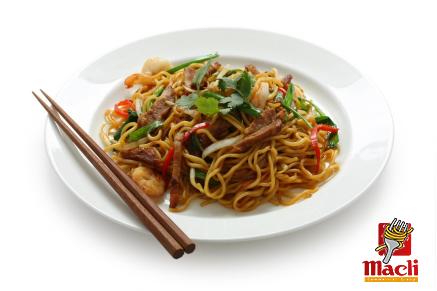
.
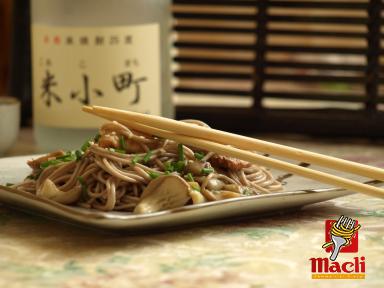 **Cooking Methods:** When it comes to cooking rotini and spiral pasta, the preparation is relatively straightforward. Both types of pasta require boiling water and a pinch of salt to enhance their flavor. It is important to follow the cooking instructions on the packaging to ensure that the pasta is cooked al dente, retaining a slight firmness to the bite. Overcooking pasta can result in a mushy texture, detracting from the overall dining experience. **Pairing with Sauces:** One of the key considerations when choosing between rotini and spiral pasta is how well they pair with different sauces. Rotini’s spiraled shape makes it an excellent choice for capturing chunky sauces, such as hearty meat sauces, creamy Alfredo, or vegetable-based sauces. The nooks and crannies of rotini allow the sauce to cling to the pasta, ensuring a flavorful and satisfying dish. On the other hand, spiral pasta’s elongated shape lends itself well to lighter sauces, such as olive oil-based sauces, pesto, or lemon-infused dressings. The coils of spiral pasta can trap the sauce within its grooves, delivering a burst of flavor with each bite. Additionally, spiral pasta is a favorite choice for pasta salads, as its shape can hold up well to diverse ingredients without becoming soggy. **Texture and Taste:** While both rotini and spiral pasta share a similar spiral shape, they differ slightly in texture and taste. Rotini tends to have a slightly denser texture due to its thicker spirals, which can hold up well to robust sauces and ingredients. In contrast, spiral pasta has a lighter texture, making it a versatile option for a wide range of dishes. In terms of taste, both rotini and spiral pasta have a mild flavor that pairs well with a variety of ingredients. The shape of the pasta can influence the overall dining experience, as the twists and turns of rotini and spiral pasta can hold onto sauces and seasonings, enhancing the flavor profile of the dish. **Nutritional Value:** When it comes to nutrition, rotini and spiral pasta are both made from durum wheat semolina, a type of hard wheat that is rich in protein and fiber. These pasta shapes are a good source of complex carbohydrates, which provide the body with sustained energy. While they are not gluten-free, rotini and spiral pasta offer a wholesome option for those looking to incorporate pasta into a balanced diet.
**Cooking Methods:** When it comes to cooking rotini and spiral pasta, the preparation is relatively straightforward. Both types of pasta require boiling water and a pinch of salt to enhance their flavor. It is important to follow the cooking instructions on the packaging to ensure that the pasta is cooked al dente, retaining a slight firmness to the bite. Overcooking pasta can result in a mushy texture, detracting from the overall dining experience. **Pairing with Sauces:** One of the key considerations when choosing between rotini and spiral pasta is how well they pair with different sauces. Rotini’s spiraled shape makes it an excellent choice for capturing chunky sauces, such as hearty meat sauces, creamy Alfredo, or vegetable-based sauces. The nooks and crannies of rotini allow the sauce to cling to the pasta, ensuring a flavorful and satisfying dish. On the other hand, spiral pasta’s elongated shape lends itself well to lighter sauces, such as olive oil-based sauces, pesto, or lemon-infused dressings. The coils of spiral pasta can trap the sauce within its grooves, delivering a burst of flavor with each bite. Additionally, spiral pasta is a favorite choice for pasta salads, as its shape can hold up well to diverse ingredients without becoming soggy. **Texture and Taste:** While both rotini and spiral pasta share a similar spiral shape, they differ slightly in texture and taste. Rotini tends to have a slightly denser texture due to its thicker spirals, which can hold up well to robust sauces and ingredients. In contrast, spiral pasta has a lighter texture, making it a versatile option for a wide range of dishes. In terms of taste, both rotini and spiral pasta have a mild flavor that pairs well with a variety of ingredients. The shape of the pasta can influence the overall dining experience, as the twists and turns of rotini and spiral pasta can hold onto sauces and seasonings, enhancing the flavor profile of the dish. **Nutritional Value:** When it comes to nutrition, rotini and spiral pasta are both made from durum wheat semolina, a type of hard wheat that is rich in protein and fiber. These pasta shapes are a good source of complex carbohydrates, which provide the body with sustained energy. While they are not gluten-free, rotini and spiral pasta offer a wholesome option for those looking to incorporate pasta into a balanced diet.
..
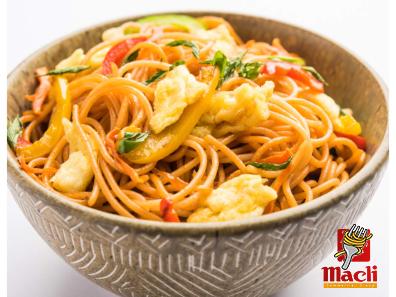 **Conclusion:** In conclusion, rotini and spiral pasta are two popular pasta shapes that offer unique characteristics suited for different culinary creations. Whether you prefer the twisted spirals of rotini or the elongated coils of spiral pasta, both shapes provide a versatile canvas for a wide range of sauces and ingredients. The choice between rotini and spiral pasta ultimately comes down to personal preference and the specific dish you are preparing. Next time you find yourself in the pasta aisle, consider picking up a box of rotini or spiral pasta to add variety to your meals. Experiment with different sauces, ingredients, and cooking methods to discover the endless culinary possibilities that these pasta shapes have to offer. Whichever shape you choose, you can be sure that rotini and spiral pasta will bring a delightful twist to your dining table, making every meal a memorable experience. **Creative Cooking Ideas with Rotini and Spiral Pasta:** If you’re looking for inspiration on how to make the most of rotini and spiral pasta in your kitchen, here are some creative cooking ideas to get you started: **1. Rotini Pasta Salad:** Combine cooked rotini with a vibrant mix of colorful vegetables, such as cherry tomatoes, cucumbers, bell peppers, and olives. Toss the salad with a zesty vinaigrette dressing and top it off with crumbled feta cheese for a refreshing and satisfying meal that is perfect for picnics or potlucks. **2. Spiral Pasta with Pesto Sauce:** Cook spiral pasta until al dente, then toss it with a homemade pesto sauce made from fresh basil, garlic, pine nuts, and Parmesan cheese. The vibrant green hue of the pesto will beautifully coat the spiral pasta, creating a dish that is bursting with flavor and freshness.
**Conclusion:** In conclusion, rotini and spiral pasta are two popular pasta shapes that offer unique characteristics suited for different culinary creations. Whether you prefer the twisted spirals of rotini or the elongated coils of spiral pasta, both shapes provide a versatile canvas for a wide range of sauces and ingredients. The choice between rotini and spiral pasta ultimately comes down to personal preference and the specific dish you are preparing. Next time you find yourself in the pasta aisle, consider picking up a box of rotini or spiral pasta to add variety to your meals. Experiment with different sauces, ingredients, and cooking methods to discover the endless culinary possibilities that these pasta shapes have to offer. Whichever shape you choose, you can be sure that rotini and spiral pasta will bring a delightful twist to your dining table, making every meal a memorable experience. **Creative Cooking Ideas with Rotini and Spiral Pasta:** If you’re looking for inspiration on how to make the most of rotini and spiral pasta in your kitchen, here are some creative cooking ideas to get you started: **1. Rotini Pasta Salad:** Combine cooked rotini with a vibrant mix of colorful vegetables, such as cherry tomatoes, cucumbers, bell peppers, and olives. Toss the salad with a zesty vinaigrette dressing and top it off with crumbled feta cheese for a refreshing and satisfying meal that is perfect for picnics or potlucks. **2. Spiral Pasta with Pesto Sauce:** Cook spiral pasta until al dente, then toss it with a homemade pesto sauce made from fresh basil, garlic, pine nuts, and Parmesan cheese. The vibrant green hue of the pesto will beautifully coat the spiral pasta, creating a dish that is bursting with flavor and freshness.
…
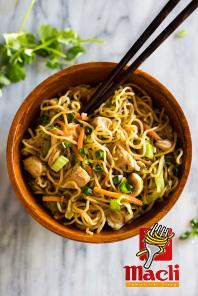 **3. Rotini Bolognese:** Prepare a classic Bolognese sauce with ground beef, onions, carrots, celery, tomatoes, and a splash of red wine. Serve the rich and hearty sauce over cooked rotini pasta for a comforting meal that is sure to impress even the pickiest eaters. **4. Spiral Pasta Primavera:** Celebrate the bounty of seasonal vegetables by sautéing a colorful medley of broccoli, zucchini, bell peppers, and cherry tomatoes in olive oil. Toss the vegetables with cooked spiral pasta and a splash of lemon juice for a light and flavorful dish that showcases the beauty of fresh produce. **5. Rotini Carbonara:** Put a twist on the classic carbonara by using rotini pasta in place of spaghetti. Toss the pasta with a creamy sauce made from eggs, pancetta, Parmesan cheese, and freshly ground black pepper for a decadent and satisfying meal that is perfect for a special occasion. **6. Spiral Pasta Casserole:** Layer cooked spiral pasta with a combination of marinara sauce, ricotta cheese, spinach, and mozzarella cheese to create a comforting pasta casserole. Bake the casserole until the cheese is bubbly and golden brown for a delicious and crowd-pleasing dish. **7. Rotini with Sausage and Peppers:** Sauté sliced Italian sausage, bell peppers, onions, and garlic in a skillet until caramelized and fragrant. Toss the sausage and pepper mixture with cooked rotini pasta and a sprinkle of crushed red pepper flakes for a spicy and satisfying meal that is perfect for a quick weeknight dinner. **Final Thoughts:** Whether you opt for the twisted spirals of rotini or the elongated coils of spiral pasta, both shapes offer endless possibilities for creative and delicious meals. Experiment with different sauces, ingredients, and cooking techniques to unlock the full potential of rotini and spiral pasta in your kitchen. So, the next time you’re craving a comforting bowl of pasta or looking to impress your guests with a flavorful pasta dish, consider reaching for a box of rotini or spiral pasta to elevate your culinary creations. With their versatile shapes, mild flavors, and ability to pair well with a variety of sauces, rotini and spiral pasta are sure to become pantry staples in your kitchen, bringing a touch of Italian flair to every meal.
**3. Rotini Bolognese:** Prepare a classic Bolognese sauce with ground beef, onions, carrots, celery, tomatoes, and a splash of red wine. Serve the rich and hearty sauce over cooked rotini pasta for a comforting meal that is sure to impress even the pickiest eaters. **4. Spiral Pasta Primavera:** Celebrate the bounty of seasonal vegetables by sautéing a colorful medley of broccoli, zucchini, bell peppers, and cherry tomatoes in olive oil. Toss the vegetables with cooked spiral pasta and a splash of lemon juice for a light and flavorful dish that showcases the beauty of fresh produce. **5. Rotini Carbonara:** Put a twist on the classic carbonara by using rotini pasta in place of spaghetti. Toss the pasta with a creamy sauce made from eggs, pancetta, Parmesan cheese, and freshly ground black pepper for a decadent and satisfying meal that is perfect for a special occasion. **6. Spiral Pasta Casserole:** Layer cooked spiral pasta with a combination of marinara sauce, ricotta cheese, spinach, and mozzarella cheese to create a comforting pasta casserole. Bake the casserole until the cheese is bubbly and golden brown for a delicious and crowd-pleasing dish. **7. Rotini with Sausage and Peppers:** Sauté sliced Italian sausage, bell peppers, onions, and garlic in a skillet until caramelized and fragrant. Toss the sausage and pepper mixture with cooked rotini pasta and a sprinkle of crushed red pepper flakes for a spicy and satisfying meal that is perfect for a quick weeknight dinner. **Final Thoughts:** Whether you opt for the twisted spirals of rotini or the elongated coils of spiral pasta, both shapes offer endless possibilities for creative and delicious meals. Experiment with different sauces, ingredients, and cooking techniques to unlock the full potential of rotini and spiral pasta in your kitchen. So, the next time you’re craving a comforting bowl of pasta or looking to impress your guests with a flavorful pasta dish, consider reaching for a box of rotini or spiral pasta to elevate your culinary creations. With their versatile shapes, mild flavors, and ability to pair well with a variety of sauces, rotini and spiral pasta are sure to become pantry staples in your kitchen, bringing a touch of Italian flair to every meal.


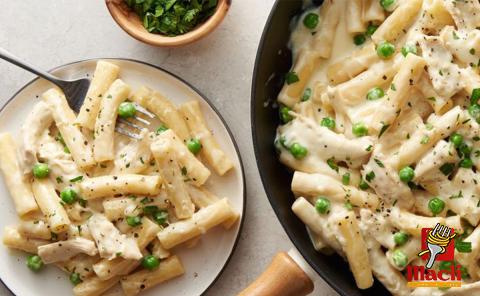


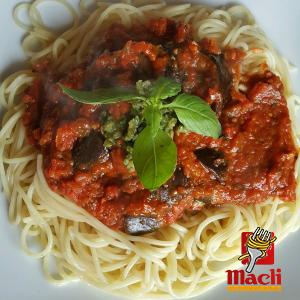
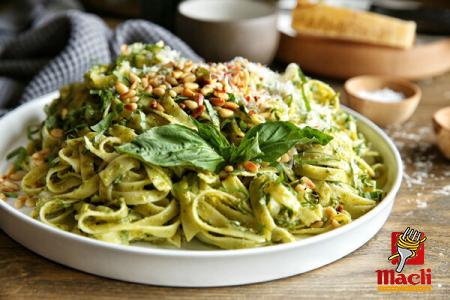
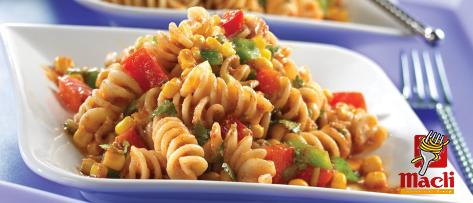
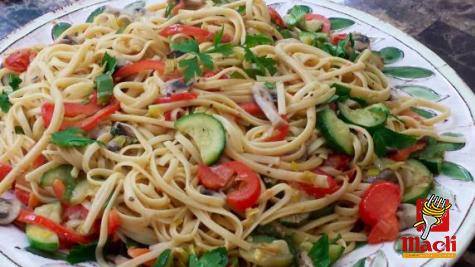
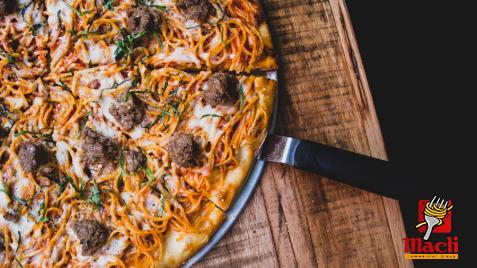
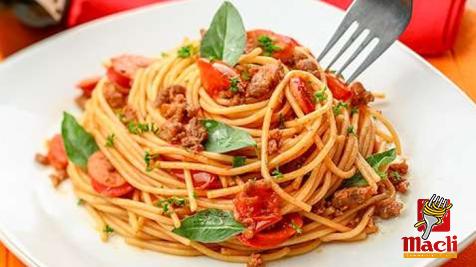
Your comment submitted.